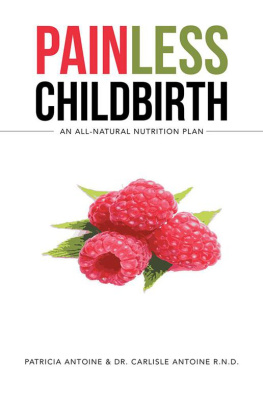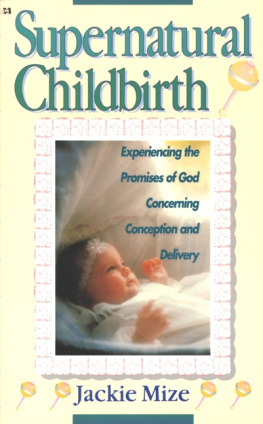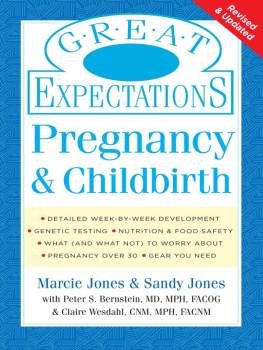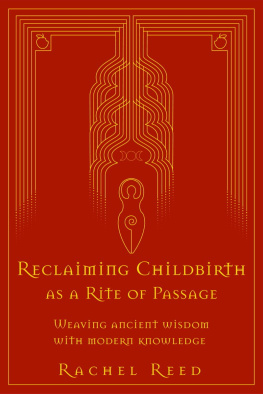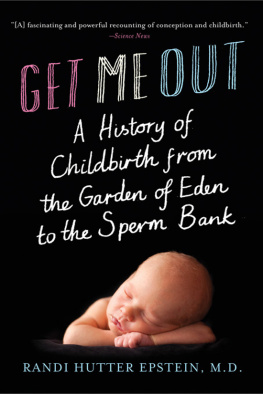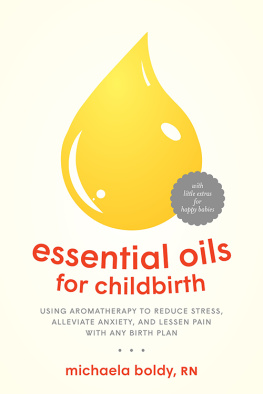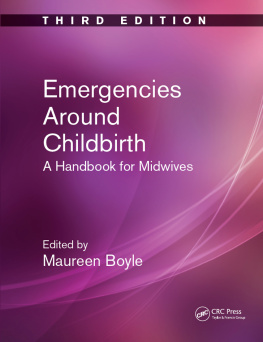Barlow - Quick, boil some water!: the story of childbirth in our grandmothers day
Here you can read online Barlow - Quick, boil some water!: the story of childbirth in our grandmothers day full text of the book (entire story) in english for free. Download pdf and epub, get meaning, cover and reviews about this ebook. City: Witchford, year: 2007, publisher: Bookline & Thinker, genre: Non-fiction. Description of the work, (preface) as well as reviews are available. Best literature library LitArk.com created for fans of good reading and offers a wide selection of genres:
Romance novel
Science fiction
Adventure
Detective
Science
History
Home and family
Prose
Art
Politics
Computer
Non-fiction
Religion
Business
Children
Humor
Choose a favorite category and find really read worthwhile books. Enjoy immersion in the world of imagination, feel the emotions of the characters or learn something new for yourself, make an fascinating discovery.

- Book:Quick, boil some water!: the story of childbirth in our grandmothers day
- Author:
- Publisher:Bookline & Thinker
- Genre:
- Year:2007
- City:Witchford
- Rating:5 / 5
- Favourites:Add to favourites
- Your mark:
- 100
- 1
- 2
- 3
- 4
- 5
Quick, boil some water!: the story of childbirth in our grandmothers day: summary, description and annotation
We offer to read an annotation, description, summary or preface (depends on what the author of the book "Quick, boil some water!: the story of childbirth in our grandmothers day" wrote himself). If you haven't found the necessary information about the book — write in the comments, we will try to find it.
Barlow: author's other books
Who wrote Quick, boil some water!: the story of childbirth in our grandmothers day? Find out the surname, the name of the author of the book and a list of all author's works by series.
Quick, boil some water!: the story of childbirth in our grandmothers day — read online for free the complete book (whole text) full work
Below is the text of the book, divided by pages. System saving the place of the last page read, allows you to conveniently read the book "Quick, boil some water!: the story of childbirth in our grandmothers day" online for free, without having to search again every time where you left off. Put a bookmark, and you can go to the page where you finished reading at any time.
Font size:
Interval:
Bookmark:

Quick, Boil Some Water!
The Story of Childbirth
In Our
Grandmothers Day
Yvonne Barlow
Bookline and Thinker Ltd
About the author:
Yvonne Barlow was a midwife in Scotland, Zambia and the United Arab Emirates before leaving the profession and studying journalism in Texas. She worked for The Dallas Morning News and took up freelance journalism after returning to live in Britain. Her work appeared in English language newspapers around the world. But she never forgot her midwifery experience. A chance comment by her Scottish granny made her curious about childbirth for previous generations of women.
Acknowledgements:
To all the women who answered the call, it was a privilege to listen to your story. You taught me to take nothing for granted.
Contents
Childbirth, as any granny will tell you, was once a journey into the unknown. Rather than ponder which pushchair to buy or fret over towelling or disposable nappies, previous generations of women worried about what lay ahead. Sex education at school was unknown, and some of those pregnant for the first time had no idea how the baby emerged from their swollen tummy. Medical staff rarely gave explanations and would push and prod with little offer of pain relief let alone sympathy.
Today, we hear stories of over-worked midwives and short-staffed hospitals, but the truth is that childbirth has never been easier.
In Ancient Greece, doctors often refused to take pregnant women as patients because the risk of death was high and too many fatalities could ruin a reputation. Medea, a Greek war maiden, was so turned off pregnancy that she said:
I would rather stand three times in a battle line than give birth to one child.
More than two thousand years later and little had changed. In the 1920s a group of women working for social change used the slogan:
Its four times more dangerous to bear a child as to work in a mine; and mining is mans most dangerous trade.
The main dangers in childbirth are heavy bleeding, infection and obstructed labour. Small women, especially girls who havent stopped growing, are especially vulnerable to obstructed labour. If the pelvis is too small for an infant to pass through then the birth becomes blocked. Without a Caesarean Section, both the infant and mother can die as contractions overwork in an effort to push the baby out.
Older women who have had many children can suffer a similar fate. After numerous pregnancies, their stomach muscles may be loose and overstretched so that an infant is not tucked into the tight up-down position. As a result, the baby can lounge across the womb in any position and, when labour begins, the infants shoulder or abdomen sits over the opening of the womb. A child cannot be born naturally in this position and, without a Caesarean Section, both mother and baby face death.
And even after the birth of a healthy infant, there are still dangers. If the afterbirth is not delivered quickly from the womb, its bulk can prevent the womb from deflating. This leaves blood vessels open and dripping like faulty taps. Under these conditions, it doesnt take long for a woman to bleed to death.
Infections can happen in the days following birth. As the womb sheds its bloody waste, the warm moist flow provides a hothouse for germs to grow. Bacteria can be quick to multiply, travel upstream to the womb and pass into the blood stream. Many years ago, when bathing was infrequent and hygiene was lax, this was known as Childbirth Fever and caused untold deaths.
In Medieval times, the Christian church had a biblical explanation for the perils of childbirth. They put the blame firmly on Eve and her misdemeanours in the Garden of Eden. The church decreed that women were the Sisters of Eve, and the rigours of labour were Gods punishment for her sins.
Any effort to relieve womens pain in childbirth was looked at suspiciously. The better the witch; the better the midwife, was a damning but popular Medieval saying.
And pregnant women werent only advised against witchcraft. In Sunday sermons, churchmen advised them to prepare their shroud in case of death, and special prayers were said so that pregnant women would be delivered through the path ahead. Women close to childbirth were encouraged to confess their sins, and water was kept close at hand for a quick baptism by midwives.
Royal women were given the churchs highest prayers as they carried heirs to the throne. But this barely compensated for the fact that these regal women gave birth in rooms thronged with courtiers and churchmen who all felt duty-bound to witness that the newborn babe and heir came truly from the royal womb.
James II, an unpopular 17th century monarch, banished the royal observers from his wifes birth chamber after she became ill. James wife was Catholic and ministers feared a male child, a future king, would be raised with Catholic sympathies. The ministers became suspicious when they saw a large brass warming pan being carried to and from the queens chamber. When the birth of a healthy son was announced, the ministers accused the king of swapping infants in the warming pan. Their conviction was so strong that James, along with his wife and child, were forced to flee England.
When Marie Antoinette gave birth for the first time a century later, ministers and court officials crammed into the birth chamber and even jostled for space on top of furniture to get a view. The room became so stuffy that the poor woman fell into a coma due to the lack of air.
After centuries of avoiding childbirth, scientific strides in the 17th century gave doctors the confidence to finally enter the childbirth chamber. To help in difficult births, surgeons developed pincers, or forceps, that could be used to grasp the infant and pull it out from the mothers birth canal. However, some of the instruments were crude and grasped more than the baby. As a result, it was not unusual for women to be left with torn bladders or ripped wombs.
Surgeons, and their inventions, did help many women with difficult births, but letting men into the bed-chamber was not a popular trend among husbands. Many feared that the male doctors might become too intimate with their wives. As a result, doctors were forced to adopt a strict code of behaviour to protect the modesty of their patients. Questions relating to periods, bladder or bowel problems could be asked only through an older female attendant. Vaginal examinations were done during a contraction when the woman would be distracted by pain. Childbirth rooms were kept dimly lit and womens bodies covered by bedcovers at all times. Even the delivery was done under the bedcovers and the doctor was forced to feel his way blindly.
One doctor wrote of his first examination of a labouring woman:
Whether it was head or breech, hand or foot, man or monkey, that was defended from my uninstructed finger by distended membranes, I was as uncomfortably ignorant, with all my learning, as the foetus itself that was making all this fuss.
Working blind made forceps deliveries especially difficult. Inexperienced doctors were never sure which part of a womans anatomy they had caught in their instruments. Even the cutting of the umbilical cord was done under the bedcovers, and some doctors reported male infants losing their penis.
There are few statistics to show whether doctors actually helped reduce the number of women dying in childbirth. A few physicians suggest they made it worse. Oliver Wendell Holmes, a 19th century obstetrician, accused doctors of spreading infection by carrying instruments from patient to patient and not washing their tools between births. Dr. Holmes pointed out that midwives had fewer cases of infection than doctors because they used materials from the patients own homes. He charted the story of a doctor who lost three patients after he attended their births with samples of a dead womans afterbirth in his pocket. The doctor continued to deny he was at fault and was well supported by others in the profession.
Font size:
Interval:
Bookmark:
Similar books «Quick, boil some water!: the story of childbirth in our grandmothers day»
Look at similar books to Quick, boil some water!: the story of childbirth in our grandmothers day. We have selected literature similar in name and meaning in the hope of providing readers with more options to find new, interesting, not yet read works.
Discussion, reviews of the book Quick, boil some water!: the story of childbirth in our grandmothers day and just readers' own opinions. Leave your comments, write what you think about the work, its meaning or the main characters. Specify what exactly you liked and what you didn't like, and why you think so.


